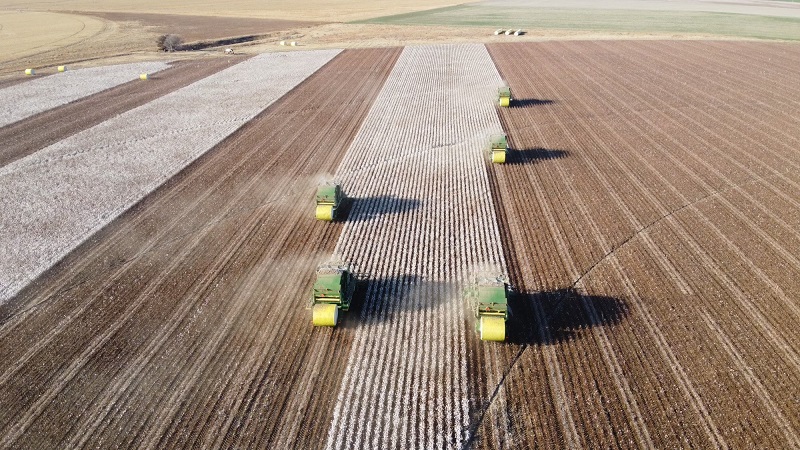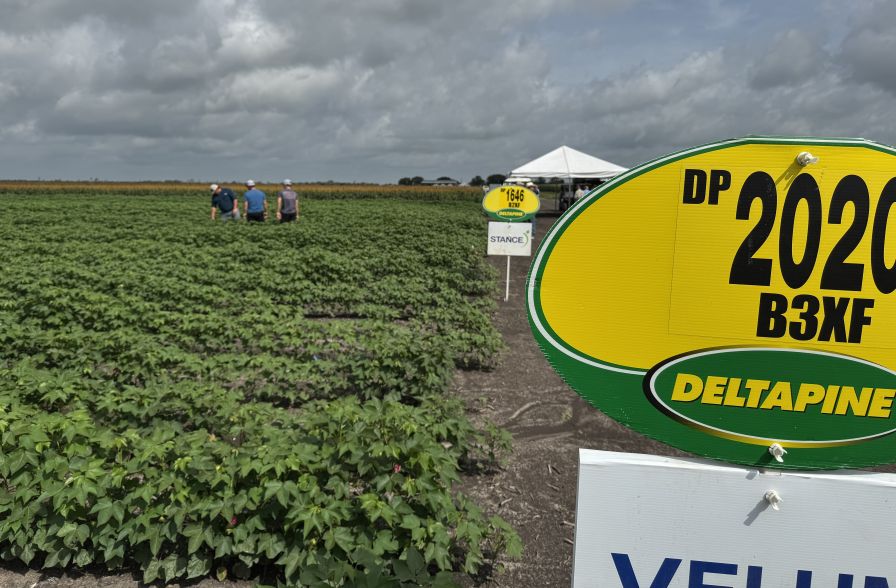High Prices Require Better Risk Management
Like moths drawn to a flame, we are all trying to keep up with the intensity of the cotton business. But it seems unlikely that many real components of the cotton’s delivered cost will easily be recovered.
Examples include attritional option hedging; pre-finance and capital calls; restructuring collateral; buyer credit scoring; buyer letter of credit costs; expensive shipment pre-booking, and, sometimes, a part of the higher cost of cotton insurance.
While this drains merchants and mills, insurers are reeling from cotton’s prices, too. So far we have been faithfully increasing cover loss limits for the cotton trade, and these limit increases have typically been at no extra charge–so far.
But this super-priced cotton is moving super-fast, taking with it the chance to collect any high-priced storage premium to pay for the high limits and the cost of insurer capital. Only when the cotton sells will shippers get a bite at the “premium apple.”
Nevertheless, more than ever, we must focus on all of the factors impacting the loss limits of the merchant’s open cotton cover. The open cover follows the merchant’s financial interest when and wherever it appears and protects the purchase/sale or futures price, whichever is higher.
Accordingly, our task has been to reset cover limits for each merchant according to their trade patterns and expected volume. For example, a merchant with exclusively U.S.-based operations, sourcing from the U.S. Department of Agriculture (USDA) or Intercontinental Exchange (ICE) warehouses, will have rates and limits set with regard to (but not dependent upon) the underlying warehouse covers.
This luxury of independent cover is what brings peace of mind to merchants and banks caught in collateral credit line swells. But as we know, most cotton losses occur pre- or post-shipment. The underlying warehouse covers are supposed to be good for their actual cash value limits. But are they, really?
Learning to live with high prices
There are some ways to coexist with high prices:
1 Confirm with your cotton insurance broker what limits are actually needed, and where.
2 Don’t forget how to play your merchant “hole card”: your ability to distribute bales over any number of buildings at any location. Why is that so important? Because even if the limit per building becomes too high, the merchant cover usually has no limit to cotton stored over any number of buildings at any one location.
3 Confer immediately with your third-party origin warehouses. Exactly what is their limit? You must not let the warehouse concentrate all of your cotton into just one or two buildings. At $1.50/lb., few warehouses will be able to cover such stratospheric limits–much less at no extra charge. Insist that your cotton be spread about in different buildings!
4 Get your logistics team hopping over the “Acord” forms that the USDA or ICE warehouse must provide. They provide a direct read of insurers’ cover limits.
5 When storing outside the United States, very little underlying coverage applies. The above steps become twice as important and must be done in half the time!
Keep the faith!









